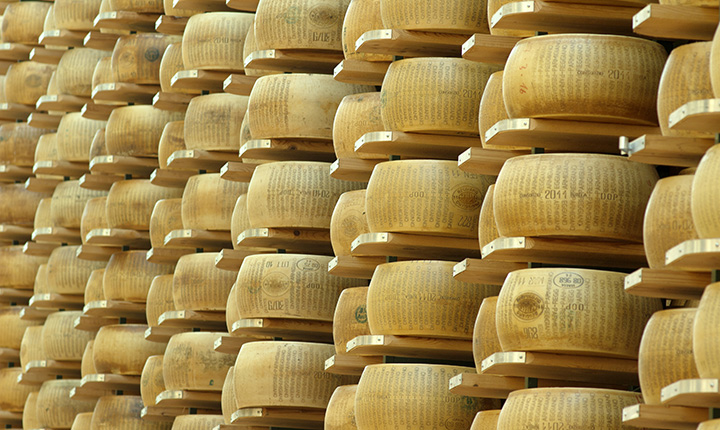FOOD*2410 - Introduction to Food Processing
Course Description

Food processes and the relationships between chemistry, microbiology, and engineering as they apply to food processing are discussed. The following topics are included: high and low temperature processes; moisture control and intermediate moisture foods; concentration and dehydration processes; and novel food processing techniques.
Note: This course can be taken individually or as a part of a certificate program.
Learning Outcomes
By the end of the course, the learner should be able to:
- Describe the reasons for food processing and the factors impacting it;
- Prepare a process flow diagram showing the main unit operations involved, and be able to explain the function of each unit operation;
- Apply dimensional analysis to mathematical problems involving conversions;
- Compare and contrast the functions and operation of various pieces of equipment involved in food processing;
- Quantify heat addition or removal requirements in the heating and cooling or freezing of food products;
- Calculate the amount of steam at various temperatures, pressures, and qualities required in the thermal processing of food products;
- Compare and contrast the principles of various thermal processes such as blanching, pasteurization, and sterilization both commercial and absolute;
- Explain the relationships between temperature and time at temperature in thermal processing;
- Differentiate between wet basis and dry basis moistures and convert from one to the other;
- Explain the principles of food dehydration and drying with emphasis on the interactions between the product being dried and the type of equipment being used;
- Interpret and utilize psychrometric charts;
- Describe and assess various appropriate methods used in the food industry to concentrate and/or separate mixtures into their component parts with particular emphasis on membrane techniques;
- Describe basic methods of preservation such as Vitamin C addition and water activity used in food processing;
- Perform mathematical calculations relating to heating and cooling, thermal processing, dehydration and drying, concentration and separation, and preservation, using appropriate methods including dimensional analysis and the use of diagrams; and
- Navigate the course website and communicate effectively within the online learning environment.
Course Topics
- Food Processing and the Food Industry
- Heating and Cooling in Food Processing
- Thermal Processing
- Dehydration and Drying in Food
- Concentration and Separation Processes
- Preservative Techniques
Additional Requirements
Prerequisite(s): CHEM*1040, (1 of BIOL*1070, BIOL*1080, MICR*2420)
Restriction(s): FOOD*3140, FOOD*3160, FOOD*3170. Not available to students registered in BBRM:FIM, BBRM.FIM:C majors.
Assessment
| Assessment Item | Weight |
|---|---|
| Online Introduction | 5% |
| Online Assignments | 13% |
| Written Assignments | 72% |
| Hot Topic Discussions | 10% |
| Total | 100% |
Applies Towards the Following Certificates
- Certificate in Food Science : Required Courses
Technical Requirements
You are responsible for ensuring that your computer system meets the necessary system requirements. Use the browser check tool to ensure your browser settings are compatible and up to date (results will be displayed in a new browser window).
*Course details are subject to change.

